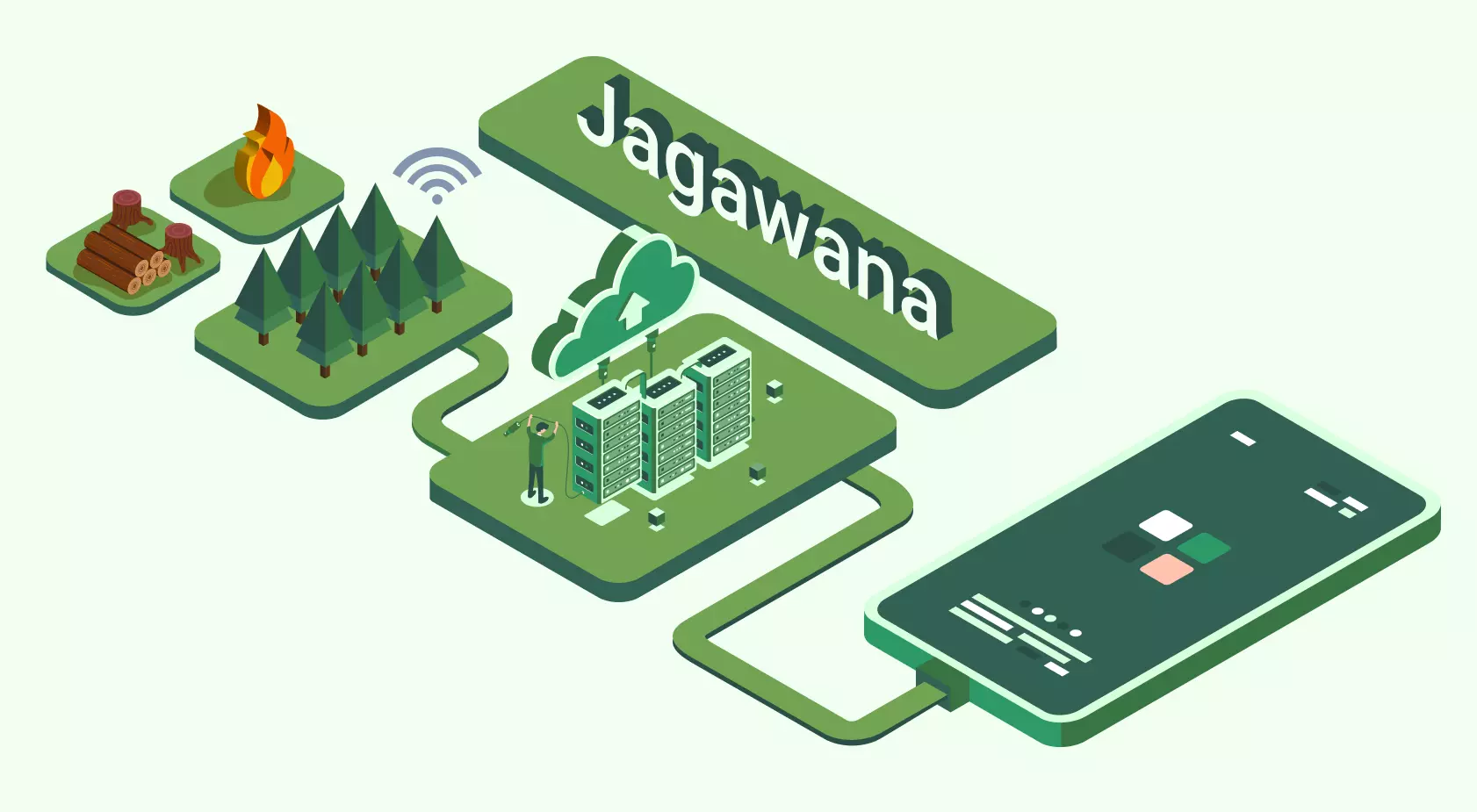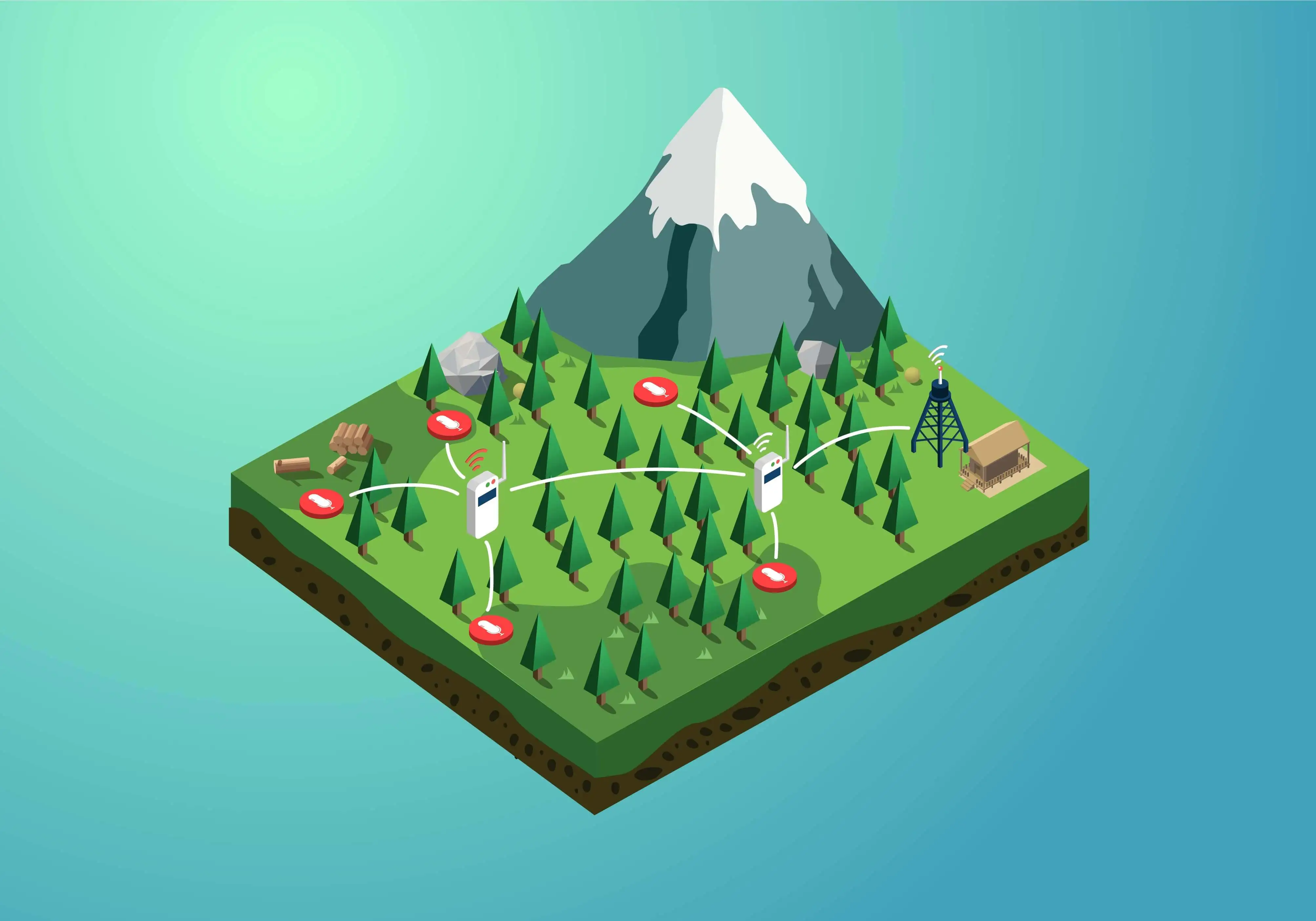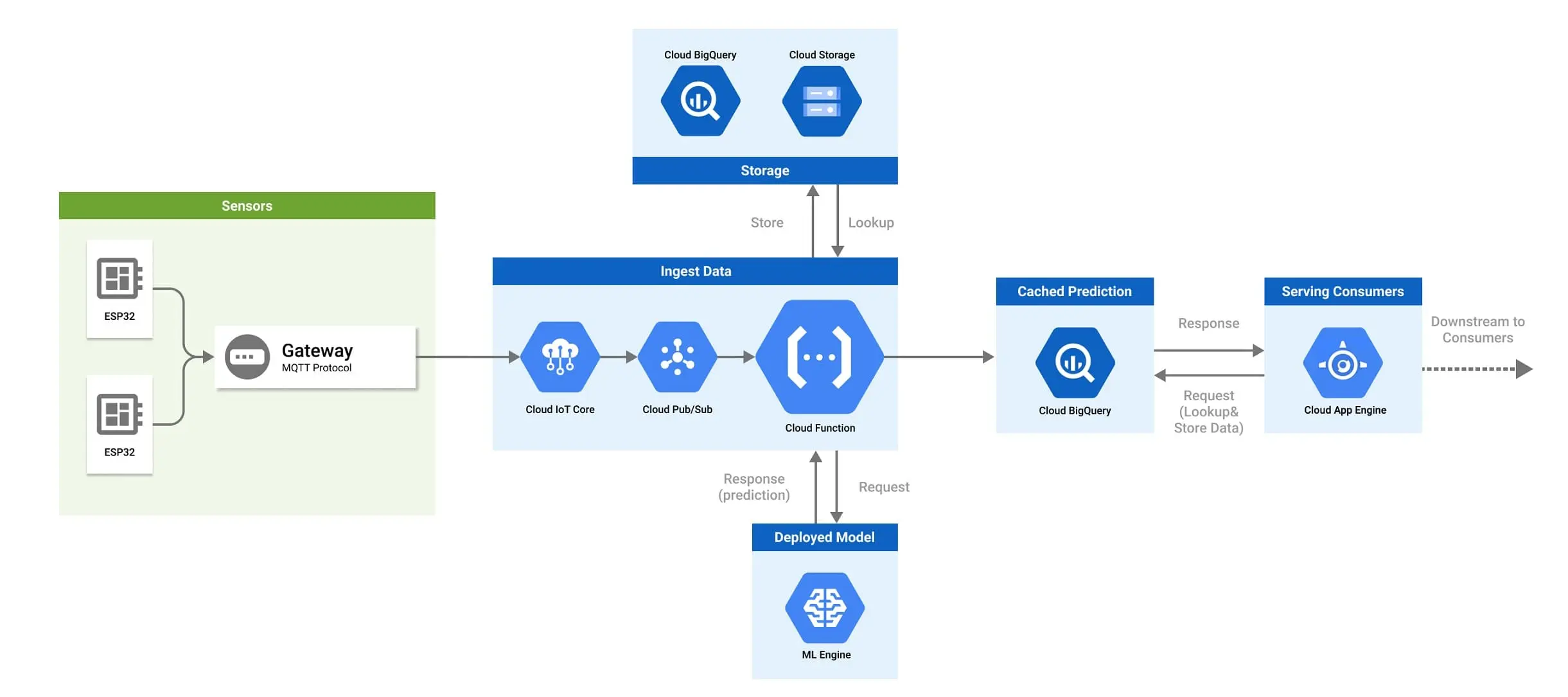Jagawana - Detecting Chainsaws in Forest with Machine Learning
16 May 2021
In the last post, I talked about my experience at Bangkit Academy 2021 as a Machine Learning Path Participant. After completing the assigned course, we were given a task to do a capstone project by solving a real-life project using our knowledge on Machine Learning, Android Development, and Cloud Computing.
After forming our group (2 members from each learning path), we start brainstorming our ideas, looking over various themes and different problems, and eventually, we decided to tackle the problem of illegal logging through Indonesia's forest. While it may not have huge business potential like Bangkit intended, we still think this idea is unique and interesting to tackle and could be implemented in this very nation.
Problems and Solutions
Forests are huge and the terrain is hard to pass through, on the other side, forest ranger usually comprises of only several people. Often, rangers are patrolling the forest area for 1-2 weeks in a month, which means there are many opportunities for illegal loggers to get in and out without any patrol. This gap hole could be prevented by incorporating technology for the ranger and forests.
Jagawana is a Wide Sensor Network System deployed in the forests to prevent Ilegal Logging. By using sensors to pick up voices in the forests, we could monitor what happened in the forest in real-time. We deployed a Machine Learning Model to process the sounds taken by the sensor, then the model will identify the sounds into various categories, such as chainsaws, trucks, gunshot, and burning sounds. We will be using Android App to monitor and notify the user if suspicious events were happening in the forest, the user could also be able to hear the sound itself to ensure the results are correct.

Jagawana System Overview
System Overview
There are four key components in this project, from Wide Sensor Network (WSN) as our ears, Machine Learning, Google Cloud Platform to deploy our model and receive messages from sensors, and Android App to access data and receive notification. I will explain the system design and some considerations we made during the project.
1. Wide Sensor Network
As the ears of our project, the sensor network is going to be deployed on the forest, complete with a microphone, microcontroller, SD Card, RF transmitter, battery, and solar panels. There are many papers discussing the deployment system of the WSN, but our project is really limited to time and costs, so what we are going to do is making a prototype on our home using ESP32 and a Microphone. If you are familiar with the concept of IoT, the ESP32 will be our sensor nodes and we are using a Laptop with Mosquitto Broker as our gateway. The ESP32 will send the audio data to the gateway, where the audio data will be forwarded to our cloud API. Check the details on this post

Wide Sensor Network Illustration
2. Google Cloud Platform
To connect all three parts of our project, we are going to use Google Cloud Platform (GCP) to receive payloads from Sensor Nodes, deploying ML model and predicting sounds, managing databases, and creating an API for Android App. We use our free trial budget for this project, so that means you could replicate our works for free too. The service we are using for the sensor networks are IoT Core for registering device and Pub/Sub service for receiving the data through MQTT. To collect the data received, we are using a Cloud Functions service with Pub/Sub message as the trigger. The cloud function when triggered will save the received message to BigQuery and Cloud Storage. We use the AI Platform service to deploy our model for online prediction. We use a Flask server hosted on GCP App Engine as an API for the Android App to access the database. I will explain the services we use in detail later in a separate (tba).
3. Machine Learning Model
Our machine learning model task is to classify sounds into various categories, the number of categories it could predict depends on the dataset it is used to train to. Due to limitations of time and data, currently, we are only classifying chainsaws, crackling fire, and gunshot sounds. I'm using Kaggle to train the model, where the model will be deployed in GCP. More details on the journey of developing the Machine Learning Model here.
4. Android Application
The Android App will be our last checkpoint, we are going to access the data stored and processed by GCP using Android App. The app's main tasks are to notify the user if there were any suspicious activity, giving maps of location, and playing the suspicious audio detected.
Our overall project would look like the image below.

Project Design Overview
Here is a simple demo of our project
End of Words
We are working towards completing our MVP product, but there are still many improvements and features that we could add to the project. Some of the features that we didn't include is using ML to map out animal's habitat using their sounds and detecting human voices. I hope this article would inspire others to take the research further, feel free to ask/discuss in the comment section.
Continue reading about Jagawana
The IoT component of Jagawana
The machine learning behind Jagawana